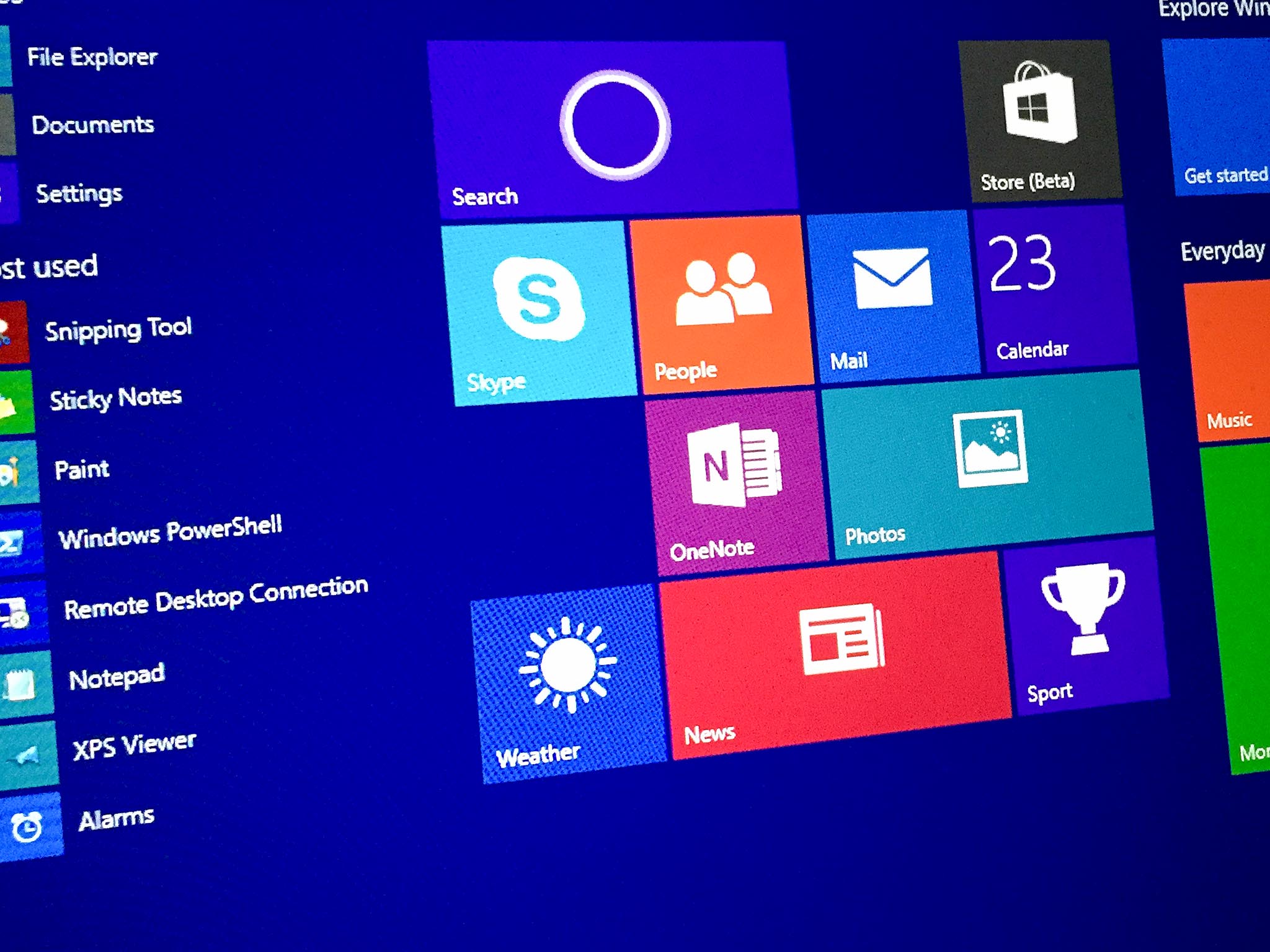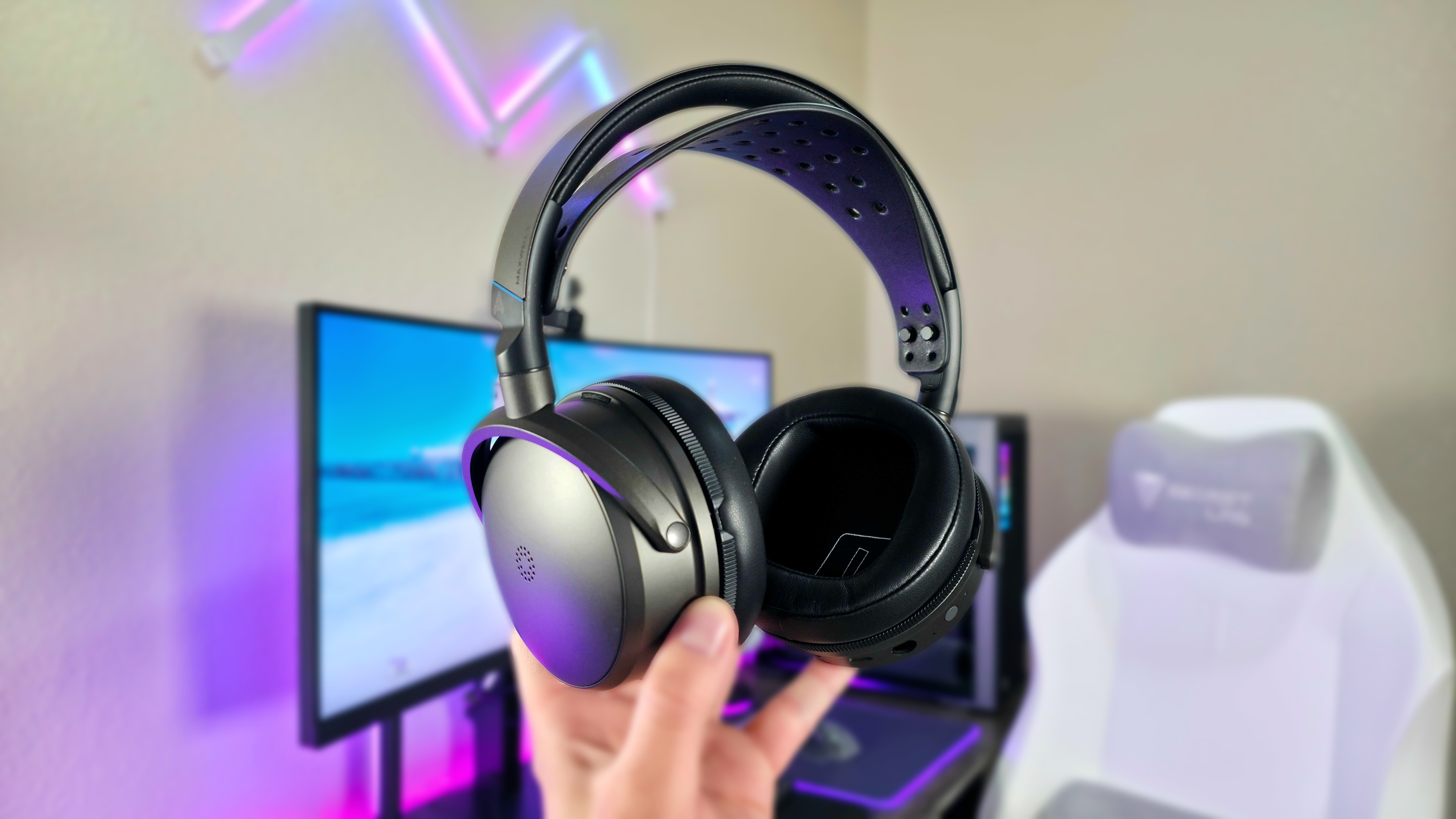Microsoft confirms Windows 10 will support USB 3.1 Type-C and Dual Role

Microsoft has confirmed that Windows 10 will support both the upcoming USB 3.1 Type-C and USB Dual Role standards for data ports. The reveal was made via a panel description for the upcoming WinHec hardware development conference, which will be held in mid-March in China.
Here's the full description of the panel, titled "Enabling New USB Connectivity Scenarios in Windows 10"
"Windows 10 introduces support for USB Dual Role and Type-C, which will enable new wired connectivity scenarios such a phone interacting with USB peripherals, or laptops connecting to an external display using the USB Type-C connector. This session will go into detail on how Windows supports these technologies and what you need to do to enable them. Topics include: Overview of the new use cases introduced with USB Dual Role and Type-C, What scenarios are and aren't supported for Dual Role devices, Using Alternate Modes (e.g. DisplayPort, Thunderbolt, or MHL) over Type-C, Support for Power Delivery, enabling devices to provide/consume up to 100W over USB, Hardware and software architecture changes for Dual Role and Type-C, and Building a Windows system with Dual Role and/or Type-C support. Intended Audience: OEMs, ODMs, IDHs, IHVs, Peripheral Manufacturers, Driver Developers."
USB 3.1 Type-C will include support for cords with plugs that have no set top or bottom, meaning it won't matter which end you put in a notebook or desktop with a compatible port. USB 3.1 will also support faster data transfers, with up to 10 Gbps compared to 5 Gbps with USB 3.0. Devices that uses USB 3.1 for power should also charge faster.
Of course, all of this will still require that PC and phone OEMs to make USB 3.1-based hardware, but thankfully they will be backwards compatible with USB 3.0 and USB 2.0 devices.
Source: WinHec website; Via: Neowin
All the latest news, reviews, and guides for Windows and Xbox diehards.

John Callaham was a former contributor for Windows Central, covering Windows Phone, Surface, gaming, and more.
